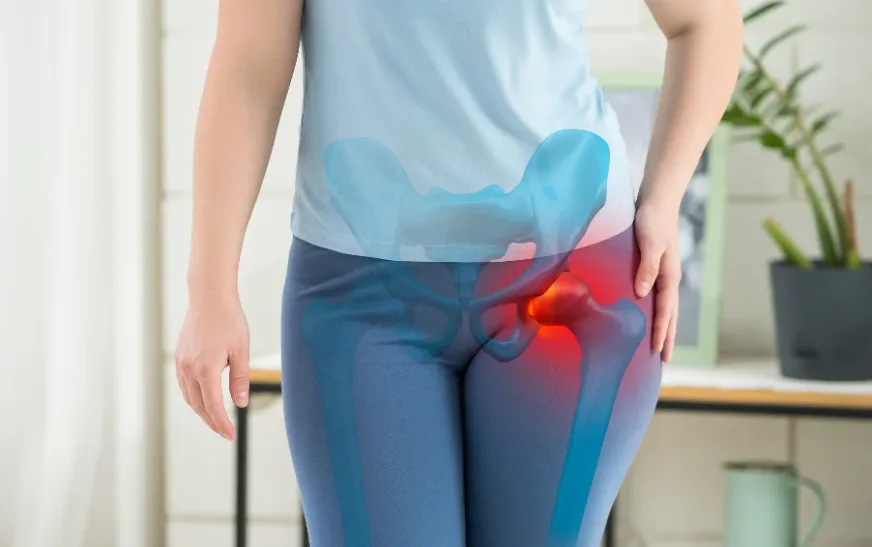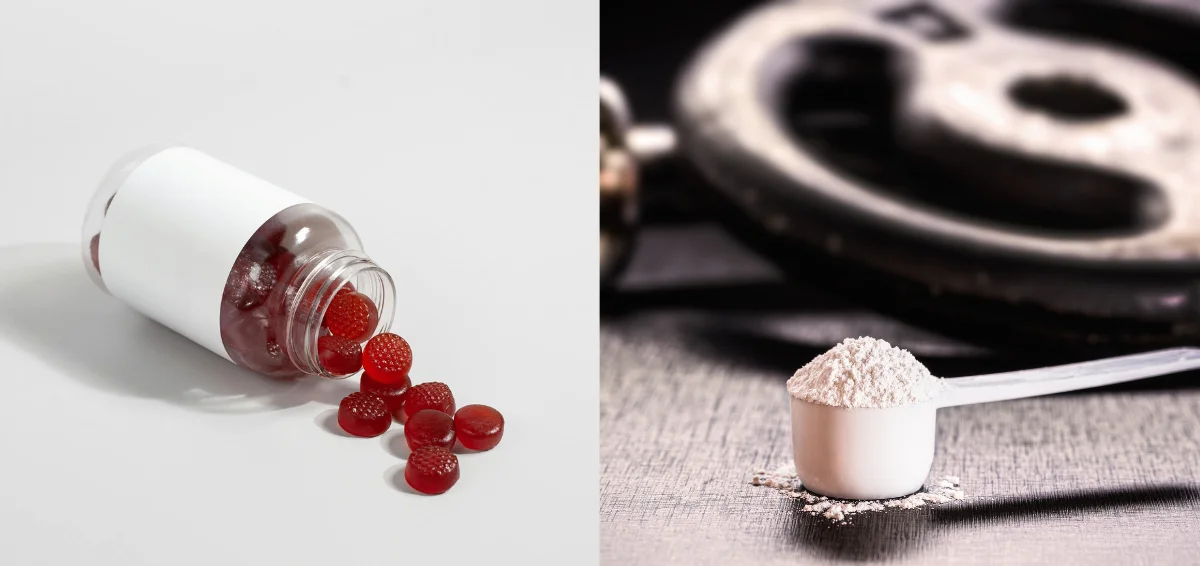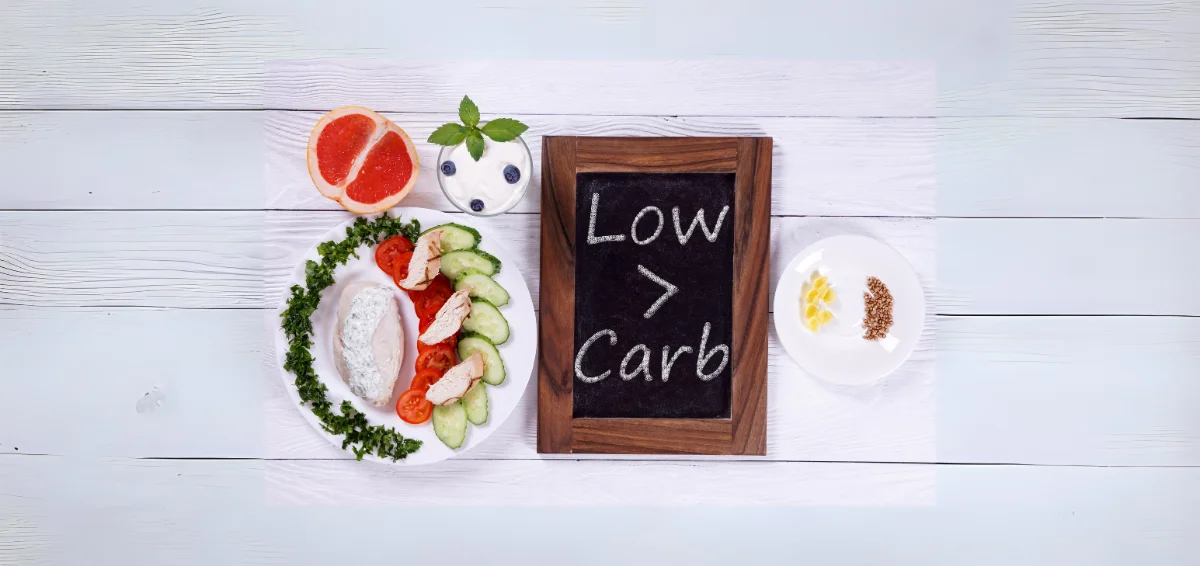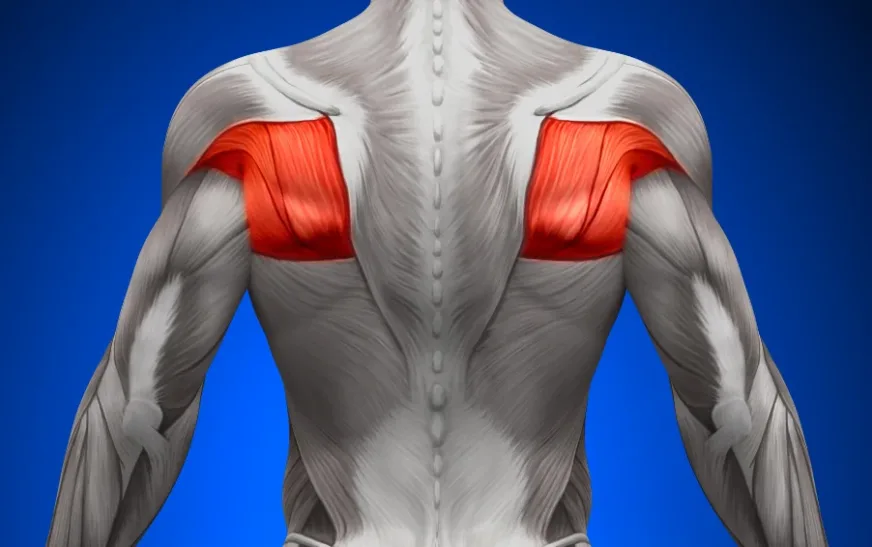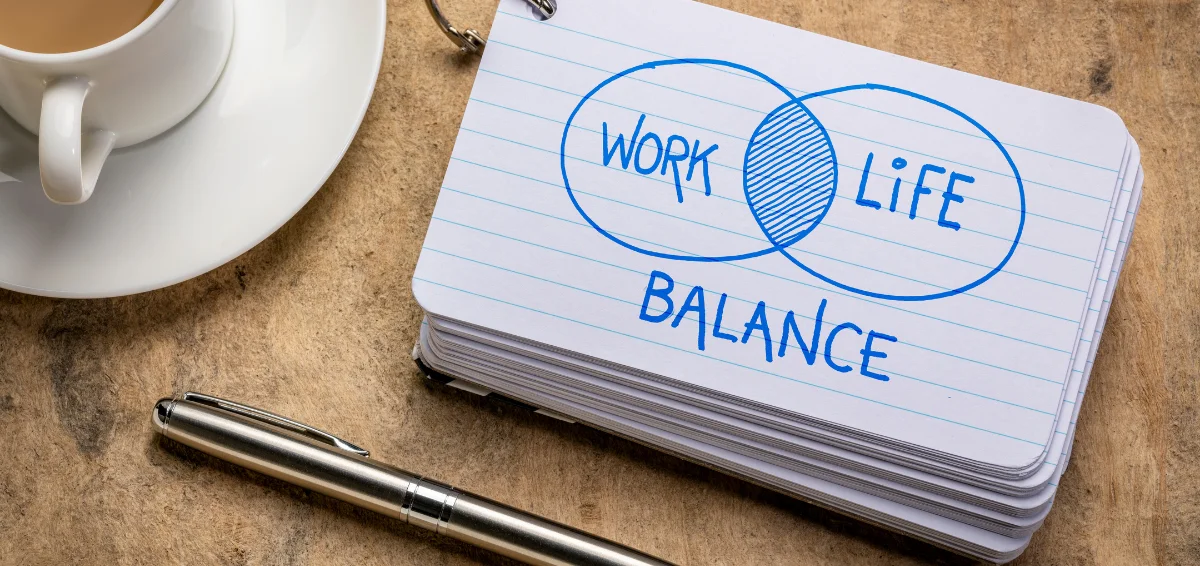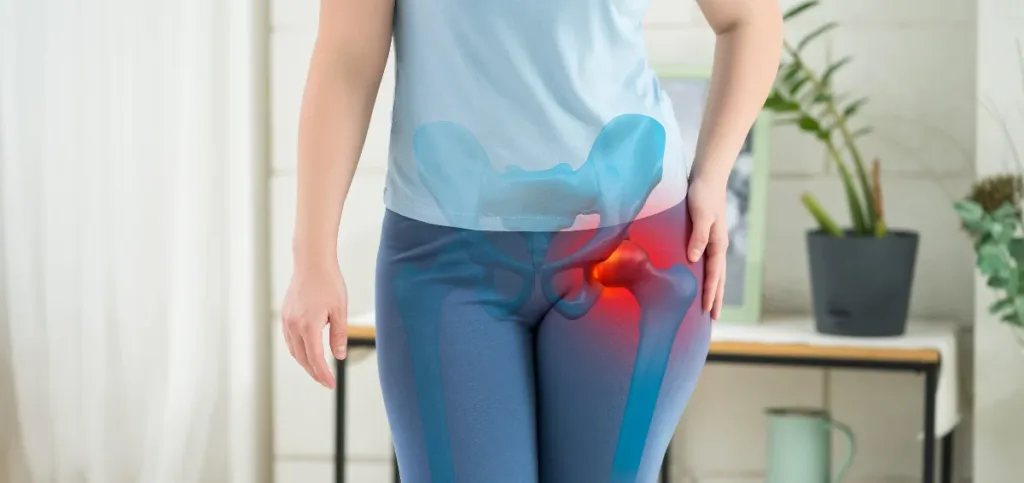
A hip labral tear causes hip pain and is common among athletes, dancers, and individuals who participate in vigorous physical exercises. In a labral tear, the individual experiences pain that originates from the groin. They also feel soreness in various other parts, such as the lower back, abdominals, hamstrings, and hips.
A hip labral tear can negatively affect your simple daily activities, such as sitting and walking. An effective way to treat the pain is through physical therapy exercises. Exercises such as squat walks, standing hip abduction with a resistance band, partial squats, and single-leg bridges are all beneficial in reducing pain and improving mobility.
Keep reading to learn more about hip labral tear exercises.
Top 11 Hip Labral Tear Exercises
1. Squat Walks with Resistance Band
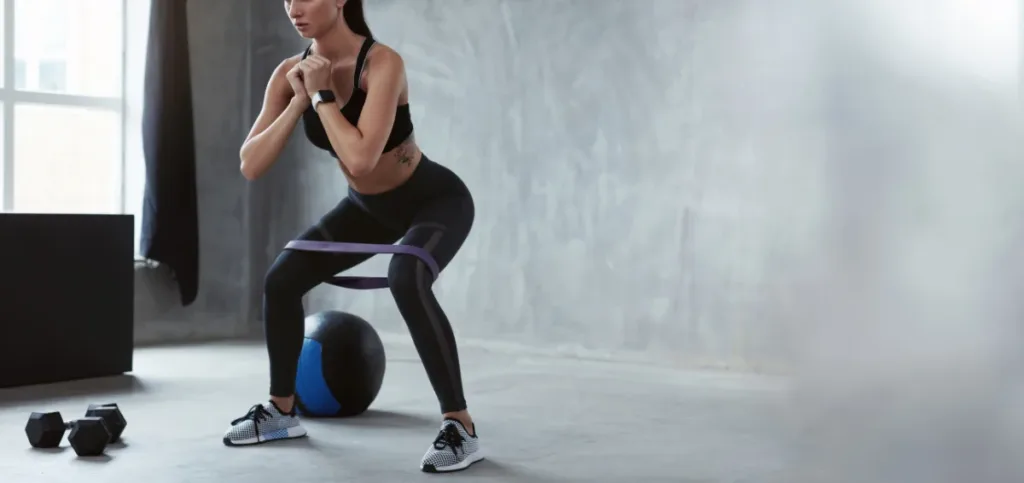
Squat walks help increase mobility around the affected area. However, ensure to not go very deep into the squat.
Here’s how to do squat walks with a resistance band.
- Tie a band around your thighs.
- Take a step to one side and get into the squat position.
- Now, get back up and take a step to another side.
- Squat again.
Read Also: Hip Bursitis Exercises
2. Standing Hip Flexor Stretch
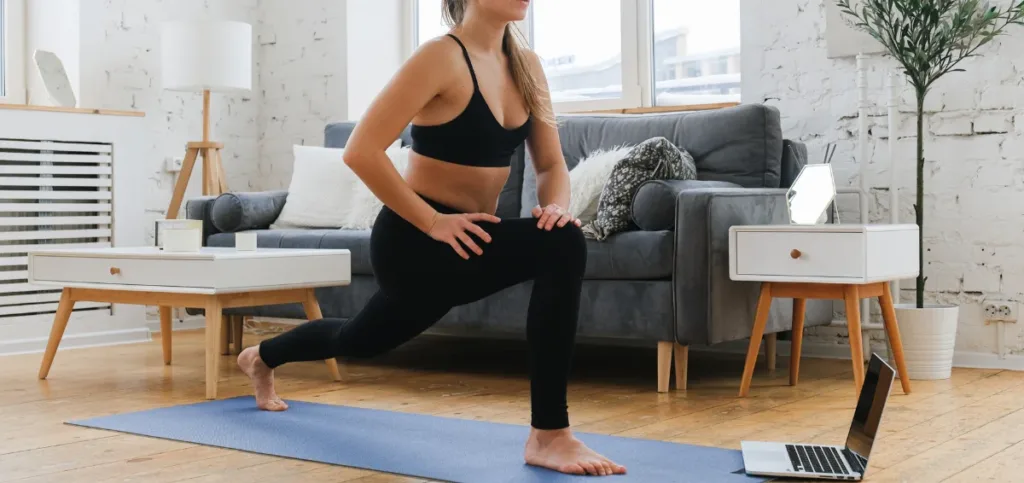
Hip flexors are a group of muscles present around the hip joint. Tight hip flexors make the joint stiff, reducing your ability to bend the hip or raise your legs. A hip flexor tear is good for deep pain in the hip joint as it elongates the hip flexor muscles.
Here’s how to do a standing hip flexor stretch.
- Stand in front of a table or chair.
- Place your hands on it.
- Move one of your legs slightly forward and bend the knee of the same leg.
- Repeat the same motion with your left leg.
- Shift your weight forward, keeping your back straight. You should feel a slight stretch through the front portion of your right hip.
- Pause here for about 30 seconds.
- Return to the beginning position.
3. Standing Hip Abduction with a Band
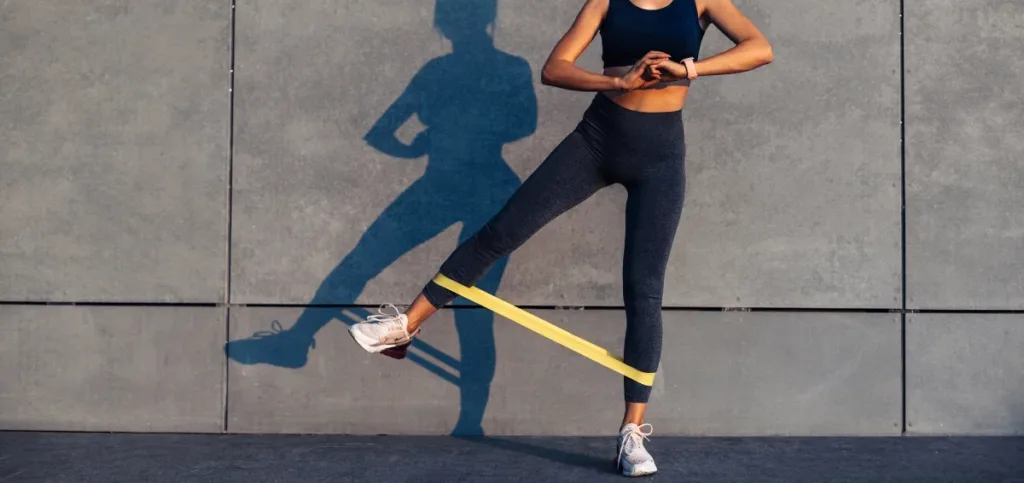
Standing hip abduction with a band strengthens hip abductor muscles. It provides relief from the pain associated with labral tears.
Here’s how to do a standing hip abduction with a band.
- Tie a resistance band on the outside of your ankles.
- Stand upright and raise one leg as much as possible to the other side.
- Hold for a moment and go back to the beginning position. Do this for 10 repetitions on each leg.
- Repeat the same motion with the other leg with the same number of repetitions.
4. Partial Squats
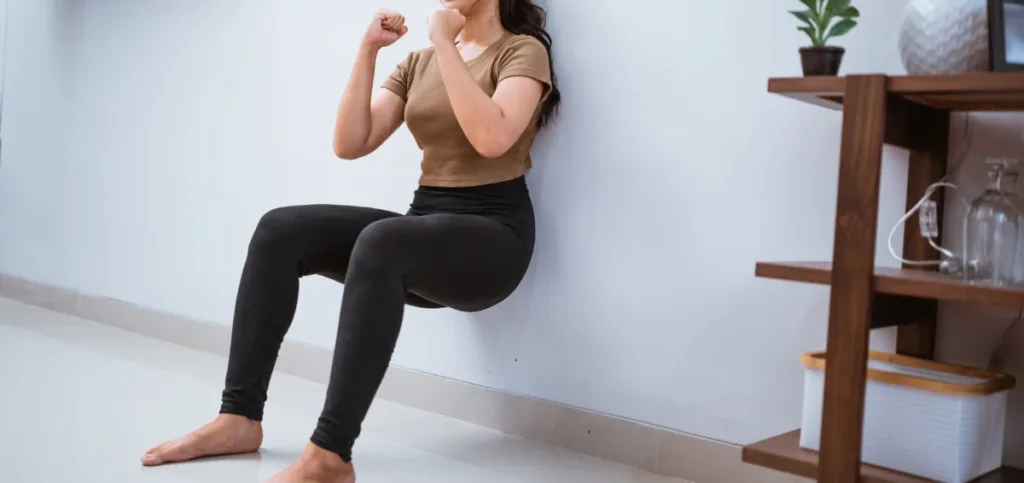
Partial squats work your leg muscles. At the same time, they don’t stress your hip joint as there is no deep hip flexion involved. The move effectively works out your glutes and quadriceps.
Here’s how to do partial squats.
- Tie a band around both of your legs a bit above your knees.
- Stand with your feet shoulder-width apart.
- Keep your back slightly bent, and bend your knees.
- Lower your hips till your thighs are parallel to the ground.
- Squat by pressing your thighs outward.
- Do 10 repetitions in one go.
5. Balance on a Single Leg
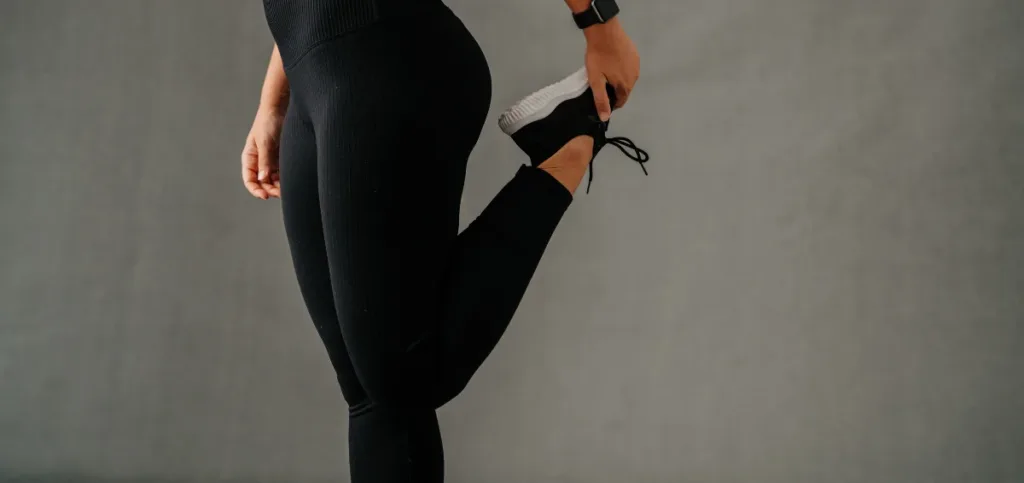
Balancing on one leg builds strength in the hip joint muscles. It also improves core stability and balance. But you should do this exercise in the correct form.
Here’s how to balance on a single leg.
- Stand upright on both feet.
- Raise one foot off the ground while maintaining your balance.
- Hold onto a chair if balancing on a leg seems challenging.
- Stand on one leg for about 30 seconds.
- Now, balance on the other leg.
- Do this 3 times on each leg.
6. Horizontal Squat Stretch
A horizontal squat stretch stretches the muscles surrounding the hip joint. It does so without straining the labrum. Thus, it minimizes pain and improves the range of motion.
Here’s how to do a horizontal squat stretch.
- Get on all fours. Put your hands under your shoulders and your knees under your hips.
- Move your knees apart as much as you can.
- Bend your elbows and lower your upper body. You should feel a stretch in your inner thighs and hips.
- Pause here for 30 seconds, and then return to the starting position.
7. Single Leg Deadlift
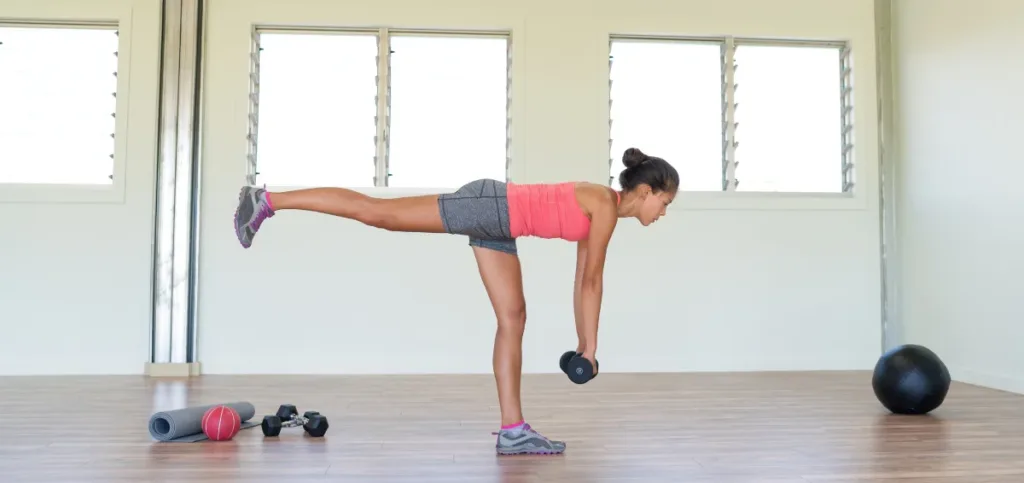
A single-leg deadlift strengthens hip muscles while improving your coordination and balance. The movement stabilizes the joint and minimizes the pain caused by the tear.
Here’s how to do a single-leg deadlift.
- Stand upright with your feet hip-width apart.
- Grab a weight (or no weight) with one hand and hold it down by your side.
- Raise another leg slightly behind you and push your butt back.
- Lower your chest to the floor and lift the other leg behind you higher.
- Hold this position for a moment and stand back up.
- Do 10 reps on each leg.
8. Dead Bug
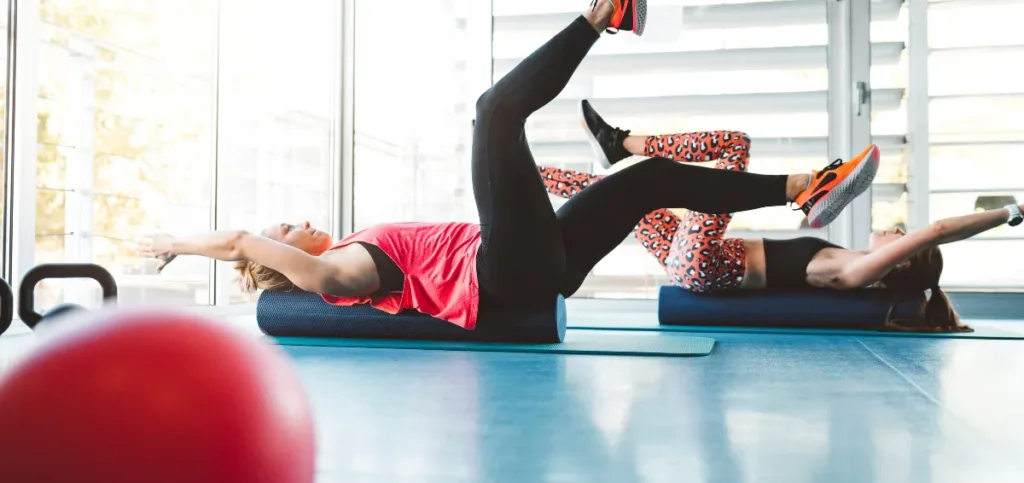
The dead bug improves your core stability and strength. Along with other exercises, it helps relieve the pain while increasing your mobility.
Here’s how to perform a dead bug.
- Lie with your face up on a mat.
- Bend your knees at a 90-degree angle.
- Let your feet hang in the air and extend your arms up.
- Slowly straighten and lower your right leg to the floor and reach your left arm back overhead.
- Return to the original position and alternate between both of your sides.
Read Also: Teres Major Exercises
9. Standing Inner Thigh Stretch
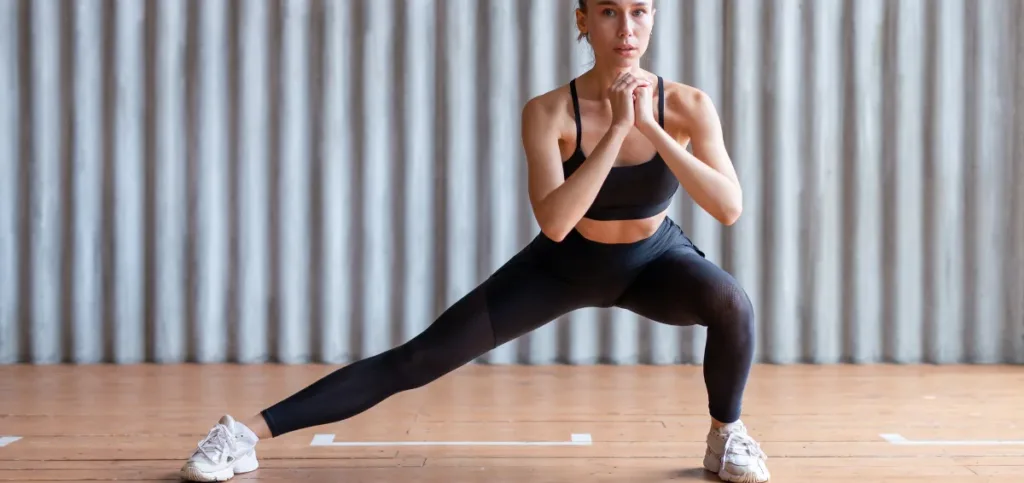
A standing inner thigh stretch elongates your groin muscles. It reduces the strain on your labrum and increases the range of motion of your hip joints.
Here’s how to do a standing inner thigh stretch.
- Stand upright with your feet wider than hip-width apart.
- Move your weight to one leg till you feel a stretch on the inner thigh of the opposite foot’s thigh.
- Hold this stretch for about 30 seconds.
- Go back to the beginning position.
- Perform this stretch thrice on each leg.
10. Single-Leg Bridge

Single-leg bridges strengthen the largest muscle in the glutes, the gluteus maximus. It also strengthens the muscles of the core and hamstrings, which minimizes the strain in the hip joint.
Here’s how to do a single-leg bridge.
- Lie on a mat with your feet and palms on the floor.
- Straighten one of your legs without bending your knee.
- Push into the mat with the heel of the other leg, lifting your feet off the floor. You will feel a stretch along the front of your thighs and hips.
- Stay in this position for 5 seconds.
- Return to the beginning position. Perform a single-leg bridge twice a day.
11. Hip Fidgeting
This is the simplest exercise that anyone can do. The exercise moves the ball and socket joint in a nice and easy way that doesn’t provide a lot of pressure. It helps circulate the fluid inside the joint, which helps nourish the cartilage where the tear is.
Here’s how to do hip fidgeting.
- Sit down on a stable surface.
- Start wiggling your legs in and out.
- Do it for a few minutes at a time.
Final Thoughts
All the exercises above will help you with healing the hip labrum tear. At no point should you feel intense pain. Consult a doctor before doing any of these exercises so they work efficiently in serving their intended purpose.

